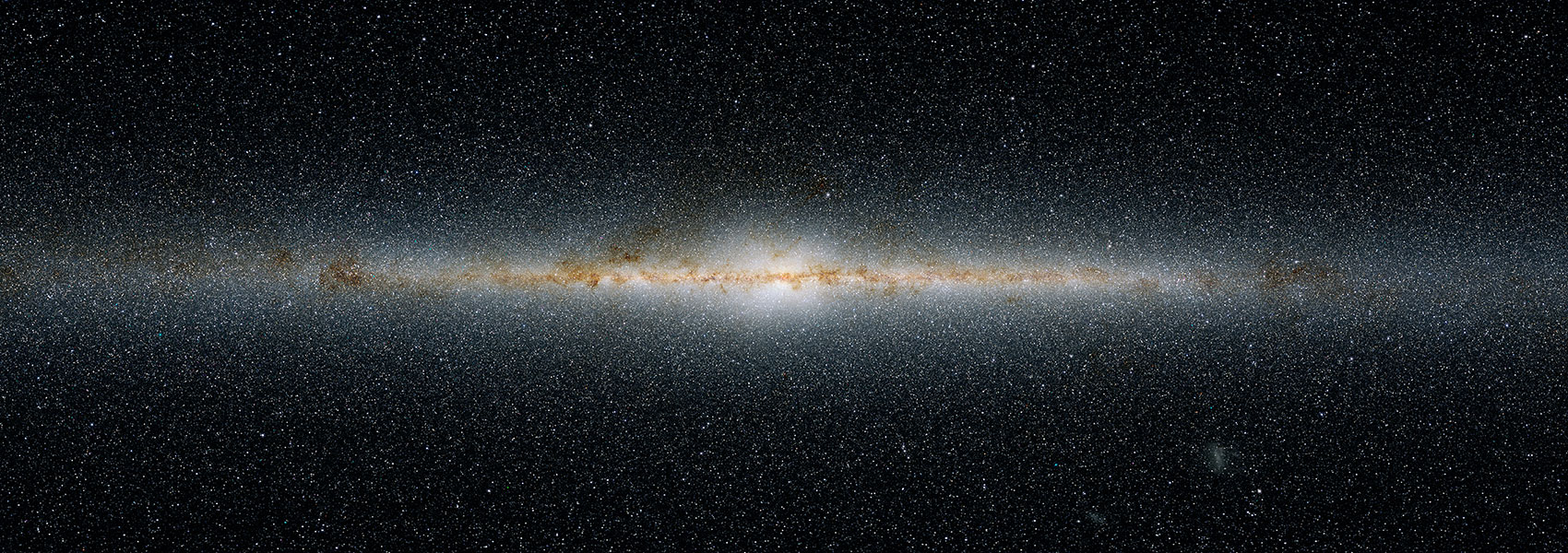June
2011
•
2011AJ....141..175S
Authors
•
Sobeck, Jennifer S.
•
Kraft, Robert P.
•
Sneden, Christopher
•
Preston, George W.
•
Cowan, John J.
•
Smith, Graeme H.
•
Thompson, Ian B.
•
Shectman, Stephen A.
•
Burley, Gregory S.
Abstract
•
The globular cluster M15 is unique in its display of star-to-star variations in the neutron-capture elements. Comprehensive abundance surveys have been previously conducted for handfuls of M15 red giant branch (RGB) and red horizontal branch (RHB) stars. No attempt has been made to perform a single, self-consistent analysis of these stars, which exhibit a wide range in atmospheric parameters. In the current effort, a new comparative abundance derivation is presented for three RGB and six RHB members of the cluster. The analysis employs an updated version of the line transfer code MOOG, which now appropriately treats coherent, isotropic scattering. The apparent discrepancy in the previously reported values for the metallicity of M15 RGB and RHB stars is addressed and a resolute disparity of Δ(RHB - RGB) ≈ 0.1 dex in the iron abundance was found. The anti-correlative behavior of the light neutron-capture elements (Sr, Y, Zr) is clearly demonstrated with both Ba and Eu, standard markers of the s- and r-process, respectively. No conclusive detection of Pb was made in the RGB targets. Consequently for the M15 cluster, this suggests that the main component of the s-process has made a negligible contribution to those elements normally dominated by this process in solar system material. Additionally for the M15 sample, a large Eu abundance spread is confirmed, which is comparable to that of the halo field at the same metallicity. These abundance results are considered in the discussion of the chemical inhomogeneity and nucleosynthetic history of M15.
Links



